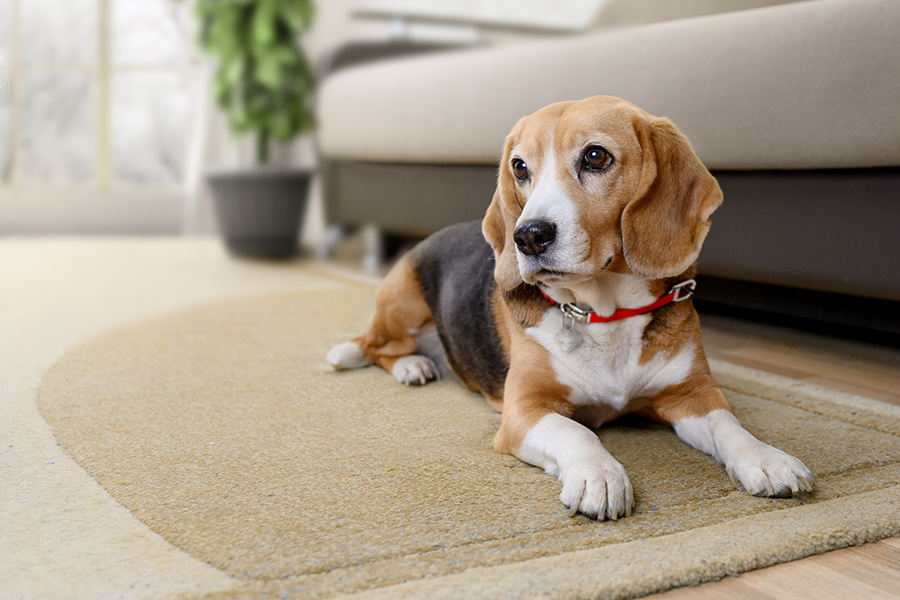Mixed Signals: How Inconsistent Training Confuses Your Dog
Training a dog isn’t just about teaching commands—it’s about building communication. And like any form of communication, clarity is key. When your training habits are inconsistent, you send mixed signals that can confuse your dog, leading to frustration, behavioral setbacks, and even broken trust.
Whether you’re a new dog owner or someone struggling with a stubborn behavior, it’s important to understand how inconsistency impacts your dog’s ability to learn.

What Does Inconsistent Training Look Like?
Inconsistent training can show up in several subtle ways:
-
Saying “down” to mean both “lie down” and “get off the furniture”
-
Rewarding a behavior one day and scolding it the next
-
Allowing your dog to jump on guests sometimes but not others
-
Using different commands or tones for the same behavior
-
Having different family members enforce different rules
To you, these moments may feel small or even harmless. But to your dog, they’re confusing. Dogs don’t understand exceptions or context the way humans do. They rely on patterns and repetition to learn what’s expected.
The Consequences of Mixed Signals
1. Slower Learning
Inconsistent cues and feedback prevent your dog from making strong associations. If a behavior sometimes results in praise and sometimes in punishment, your dog won’t know which outcome to expect. This makes training slower and more frustrating for both of you.
2. Increased Anxiety
Dogs that constantly receive mixed signals can become anxious or uncertain. They may hesitate to act because they’re unsure if they’ll be praised or corrected. Over time, this erodes their confidence and may even cause behavioral issues like avoidance or fear-based reactions.
3. Unwanted Habits Become Reinforced
If you occasionally reward an unwanted behavior (even unintentionally), you may be strengthening it. For example, if your dog begs at the table and you give in just once, you’ve reinforced that behavior. Your dog learns that persistence might pay off, so they keep trying.
4. Strained Bond Between You and Your Dog
Training is not just about obedience—it’s about relationship. Inconsistency breaks down communication and trust. If your dog can’t rely on your cues, they may stop listening altogether or develop a selective response to your commands.

How to Fix Inconsistent Training
The good news? Dogs are incredibly adaptable, and with a few changes, you can get your training back on track.
-
Use Clear, Consistent Commands
Stick to one word or phrase per command. Don’t switch between “come,” “here,” and “let’s go” for the same action. -
Standardize the Rules
If the couch is off-limits, it’s always off-limits. Everyone in the household must follow the same rules and expectations. -
Be Timely With Rewards and Corrections
Dogs learn through association. Immediate responses help them connect the behavior with the consequence. -
Keep a Training Routine
Set aside regular times for training sessions. Repetition helps reinforce good behavior. -
Educate the Whole Family
Make sure all household members are aware of the training plan. A dog will follow the most consistent leader—make sure that’s everyone.
Ready to unleash your dog’s potential? Visit Off Leash K9 Training of Hampton Roads to explore our expert training programs that promise exceptional obedience and a strong bond with your canine companion. Whether you’re in the Hampton Roads area or NE North Carolina, our proven system will help your dog excel off-leash. Contact us today at (757) 296-8366 to start your journey towards a more obedient and joyful relationship with your dog







